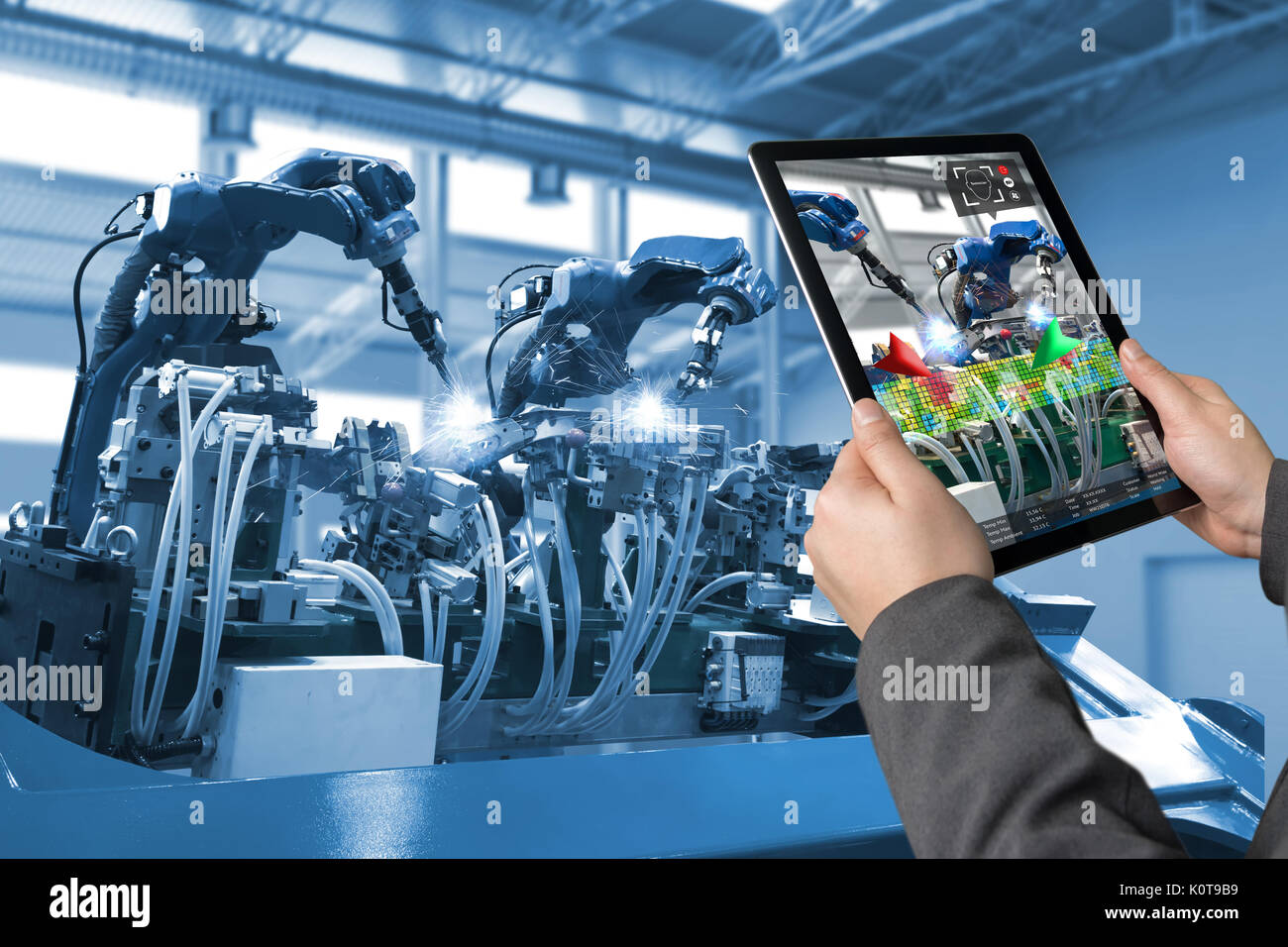
Augmented Reality in Service Industry
There’s a wealth of information available when it comes to equipment maintenance and repair. Sorting through this data to find what is needed can be time-consuming and energy-intensive.
AR allows technicians and quality managers to access this information through an overlay on their real-world view of reality. This streamlines the process, improving first-time fix rates and making service experiences more convenient for customers.
Improved Productivity
Augmented reality is one of the newest and most exciting technologies in business. It is used in augmented reality in service industry many different ways and provides multiple benefits for businesses such as reducing costs, improving customer experience, and increasing productivity.
Unlike virtual reality (VR), which immerses the user in a simulated environment, AR uses holograms to superimpose computer-generated information on the real world. It allows users to interact with both the augmented and the real-world surroundings at the same time, which can reduce training times and improve employee performance.
In the field service industry, augmented reality can be used to help train new technicians and assist them in their work, which can improve productivity. For example, the technology can be used to give workers step-by-step instructions in a real-world context, which can lead to fewer mistakes. This technology can also enable an experienced technician to connect remotely with a new worker to provide assistance.
This can help to address the critical shortage of field service technicians and improve the quality of customer service. It can also make it easier to troubleshoot complex problems and deliver solutions quickly and efficiently. In addition, it can save companies the cost of sending a senior technician to a customer site when a less-experienced worker needs guidance. It can also allow them to handle more calls during the COVID-19 pandemic without the need for additional staffing.
Enhanced Customer Experience
AR can greatly enhance customer experience as it provides valuable information in a natural setting. This is particularly useful for resolving complex issues or providing in-depth product support. Many brands have used AR in their pre-sale and point of sale processes, as well as in post-sale support.
For instance, Wayfair uses AR to enable customers to see what furniture would look like in their homes before making a purchase. Nike helps customers choose the right sneakers by overlaying them on their feet in AR and L’Oreal gives potential buyers an interactive experience to help them choose a makeup shade without having to visit a store.
Additionally, companies can use an AR headset to provide live instructions and guidance to field workers. This reduces the learning curve for new technicians by enabling them to connect with experienced technicians and engineers remotely. This saves travel costs and time and boosts first-time fix rates, resulting in better customer satisfaction.
Many businesses are also using AR to enable customers to resolve their own queries via self-service. By pointing their smartphone at a product, customers can access augmented reality overlays that offer FAQ pages and helpful tips, reducing the number of customer queries that require a company’s help.
Reduced Downtime
With AR, technicians can see the product they’re working on. This eliminates the “telephone game” between the customer and the technician, which happens when one party is relying on the other to take their word for it. This is a great way to avoid costly downtime and make the customer happy with faster service and accurate diagnoses.
Unlike virtual reality, which takes the user to an entirely simulated environment, AR overlays holograms on the real world. The ARKit platform from Apple uses 3D models to track the location of objects in your field of vision and display digital information based on their proximity. The Android equivalent of ARCore also enables this technology.
The power of augmented reality extends beyond the customer experience with its potential to improve productivity and cut costs. It can also reduce downtime in manufacturing and help companies meet service objectives. Manufacturers can capture manual process data through AR, such as cycle times and defects, and display it alongside automation and control system data in the context of each machine. This enables factory workers to identify problems and take corrective action quickly and efficiently, which reduces downtime and increases efficiency.
For example, ANDRITZ Ritz used augmented reality to provide workers with direct access to project information in the field. This significantly shortened inventory identification time and improved first-time fix rates and overall operational efficiency.
Remote Collaboration
While some may view AR as a far-off reality, companies that use augmented reality in service industry these tools are reporting significant success in their field service operations. One example involves a company that uses AR to train new employees and to support the onsite work of existing field technicians.
This can help reduce the learning curve for new field technicians, and it also enables senior technicians to remotely coach junior technicians on complex tasks. This helps to minimize the time spent on training and rework and can boost worker satisfaction.
Using AR technology, workers can connect with experts to get advice or guidance from a remote location. This can be done through a variety of devices such as AR headsets like Microsoft’s HoloLens and Google Glass or smartphones with augmented reality apps. The tech superimposes a digital overlay on the real world, such as a 3D model or video of an object.
The virtual overlay can be accessed by the worker via their AR device and used to explain what is needed to repair an item or complete a task. The resulting remote collaboration eliminates the need for a skilled technician to be on-site, which can reduce travel costs and downtime. It can also allow the expert to guide the process and teach the worker in real-time to avoid confusion. This can lead to a quicker repair time and improved customer satisfaction.

Leave a Reply